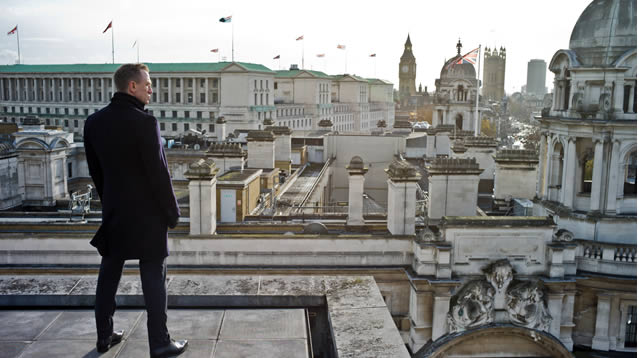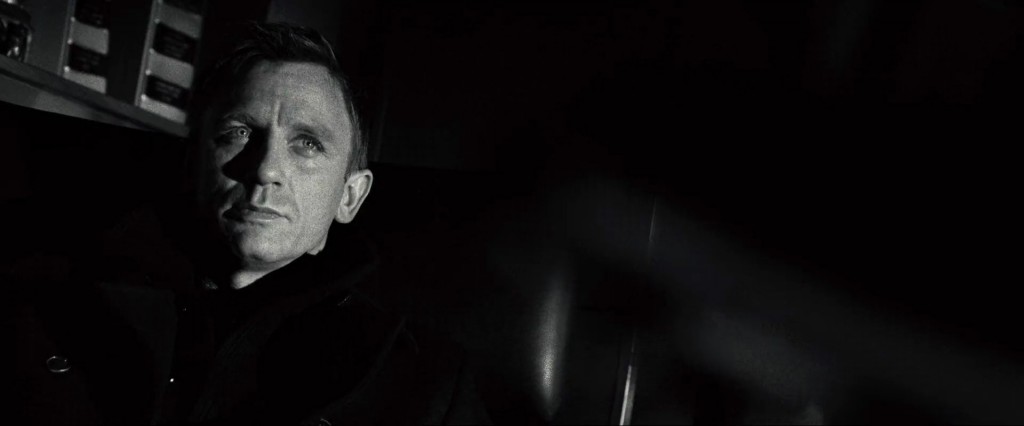Mise-en-scene
Mise-en-scene
In basic terms, Mise-en-scene is everything you see on-screen. The 5 elements of mise-en-scene include:-
- Lighting & colour
- Costume, hair & make-up
- Location, sets and props
- Facial expressions and body language
- Position of characters and objects in the frame
Activity = settings and props
1). Costume, Hair & Make-Up
Costume, Hair & Make-up act as an instant indicator to a character's personality, status and job. Costume & Make-up can relate back to a certain time period or they can tell us whether this character is a villain or a hero e.g. a bright coloured cloak for a superhero or a black cloak for a villain. Hair and Make-up can signify certain characters. An example would be The Joker in "Dark Knight", who has red lips and a white face to symbolise a clown. This could also connote that this character is very psychotic and evil.
2). Facial expressions & Body Language
Facial expressions provide a clear indicator of what someone is feeling and Body Language may reflect how a character feels towards others. Facial expressions such as crying, can connote a character's strong feeling of sadness. An example would be Keala Settle in The Greatest Showman when she shows great emotion while singing "This is Me".
4). Location, Set & Props
Location & Set are the setting of the scene. The location and the set can tell the audience something about this scene. This example from Skyfall could tell the audience a lot about the location of this scene, which is London.

5). Position of characters and/or objects in the frame
The position of characters and/or objects in a frame can help to focus the audience's attention on to that certain character or object in that scene. In this example, the position of the two characters in the sunlight focuses the audiences attention on these characters.




Comments
Post a Comment